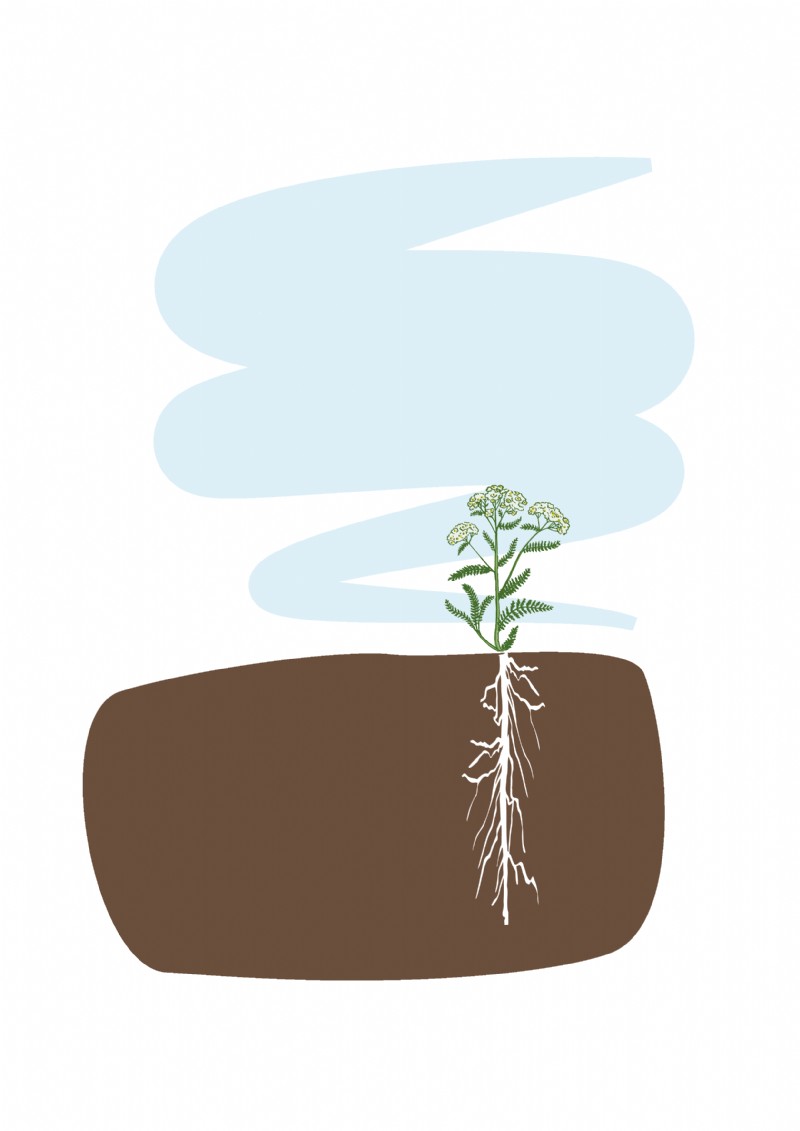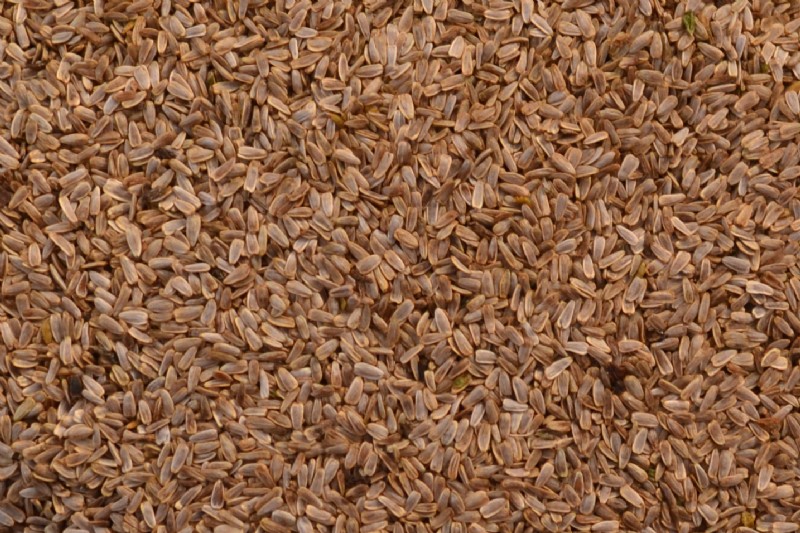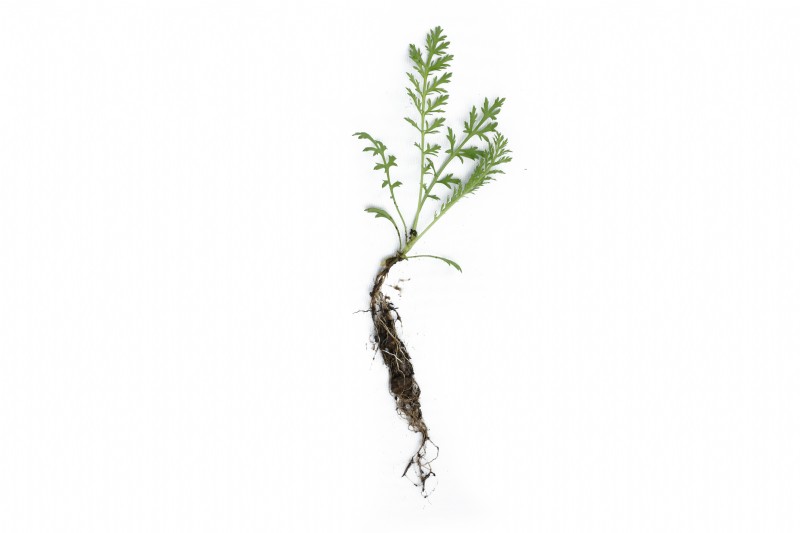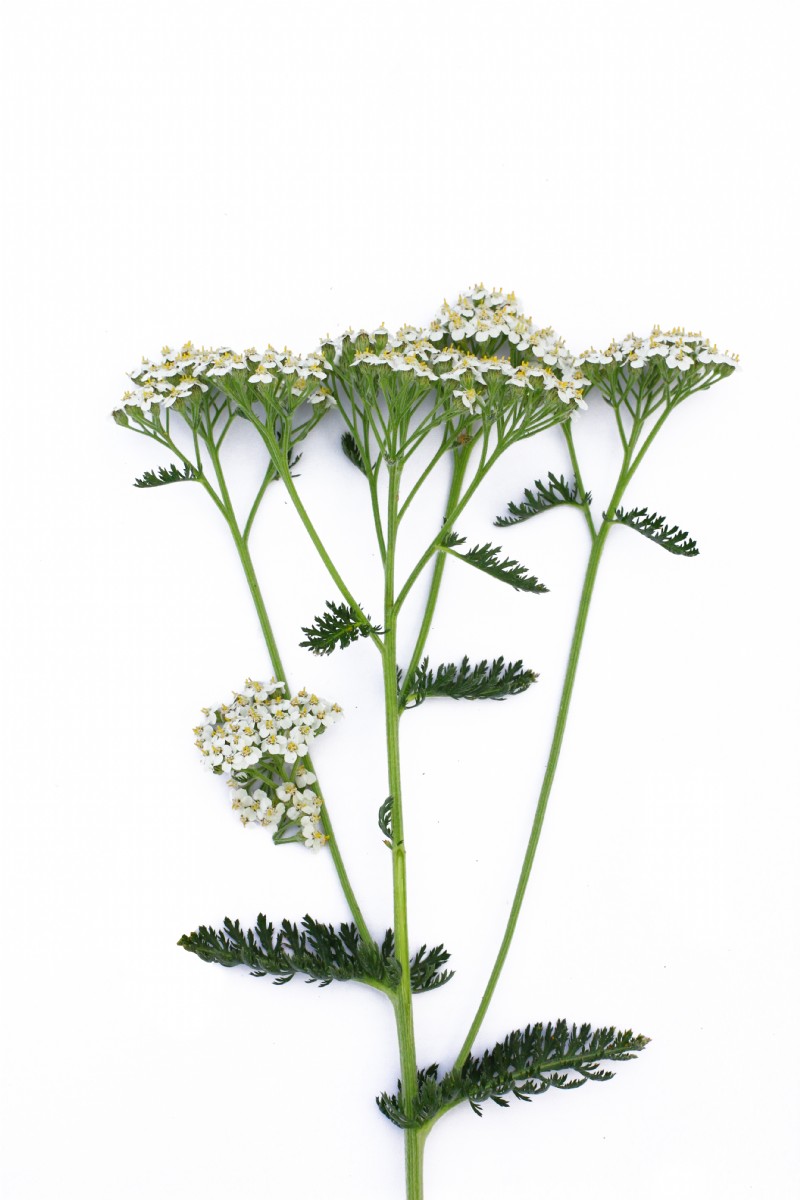Yarrow Wildflower
This is a common perennial species that flowers late into the season, with tiny disticnt white or pink flowers. The latin 'milfoil' means a thousand leaves and refers to the tiny divide segments of the feathery leaves.
Uses
Often used in chalkland meadows.
Persistence
It is a long term perennial species.
Strengths
It is reasonably easy to grow and tolerates drier conditions.
Frost Tolerance
Common yarrow is an extremely hardy plant tolerating temperatures well below freezing.
Ideal Sowing Time
It is best to sow Yarrow in late spring/ early summer when the risk of frost has passed.
Management
Common yarrow is an easy-to-care-for flowering perennial.
Distinguishing characteristics
Seed
This is a particularly small and light weight seed. It has a light yellow to silvery white colour and flat sided shape with a smooth texture. It is 1-2 mm in length.
Seedling
The yarrow seedling has a pair of long, but bluntly toothed cotyledons. The first true leaves have a much more feathery and pinnately divided appearance.
Flowering Plant
This is a notiecably dark green plant.
The leaves are pinnate and divided, with a soft feathery appearance.
It has a strong stalk and can often be seen standing late into the autumn.
The flower head has a flat umbelliferous but not disced shape, with creamy white or occasionally pink flowers.
The roots are creeping stolons.
Additional Info
Flowers from June - October. It can reach 50 cm in height. The flowers have an aromatic smell.
You can find Yarrow Wildflower in the following mixtures
- Cotswold Wild Flora
- Meadow Over-Seeding Just Wild Flowers
- Chalk & Limestone Soil Mixture
- Acid & Clay Soil Mixture
- Floristically Enhanced Field Margin (CIPM2/IPM2/AB8)
- Woodland Edge and Shady Area Mixture
History
The plant has traditionally been used as a tonic for medicinal purposes.






